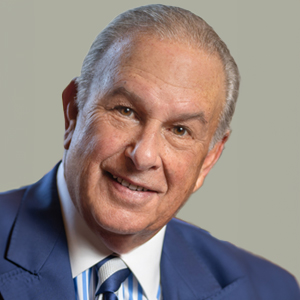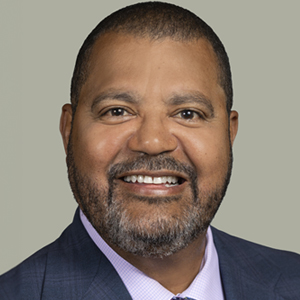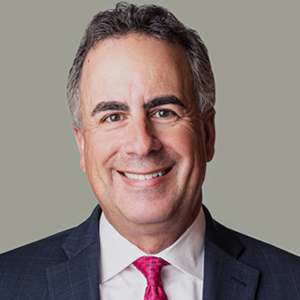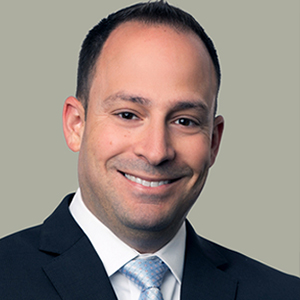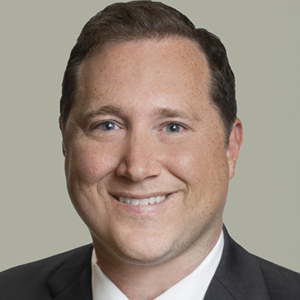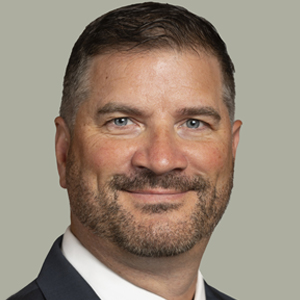Strokes are often viewed as inevitable death sentences, prematurely cutting a victim’s life short. However, according to the National Stroke Association, 80% of strokes are preventable and medical advancements have significantly increased the treatability of most strokes.
Preventing a stroke
The National Stroke Association identifies three guidelines in the prevention of a stroke:
- Identify. The first step in preventing a stroke is recognizing your risk factors. When you know the risk factors, you can take appropriate measures to address them. While some risk factors can be attributed to poor lifestyle choices, such as smoking, a lack of physical activity and unhealthy eating habits, others are more difficult to control. Diabetes, high blood pressure and blood clots are medical complications that contribute to the risk of stroke. Age, gender and race also contribute to your overall risk of stroke. Older individuals are more likely to experience a stroke, as are women and African Americans.
- Reduce. Once you know your risk factors, you can take actions to minimize those that you can control. Regular exercise and improved eating habits can help with controlling your weight. Smoking doubles the risk of stroke, so stopping can go a long way towards prevention. Medical risks should be controlled through medication or surgery, when necessary. While there is nothing you can do to change the uncontrollable factors, addressing other risks can greatly impact your overall likelihood of a stroke.
- Recognize and Respond. The last part of prevention is recognizing symptoms of a stroke and responding quickly when they arise. A sudden unexplainable headache, blurred vision, weakness on one side of the body and speech difficulty are all symptoms of a stroke. If you suspect that you or someone else is experiencing a stroke, call 911 immediately. Quick treatment may keep the condition from worsening, effectively preventing more serious and long-lasting consequences.
Stroke treatment
Once a stroke occurs, treatments are available to promote full recovery and/or minimize long-term effects. At the Johns Hopkins Stroke Center, treatment starts with emergency services, which may include medication and techniques to remove blockages within the brain. Diagnostic procedures, severity evaluations and surgeries may also be employed to prevent further damage to the brain. Once the emergency has passed, patients are transferred to acute treatment, where they are closely monitored until stabilized.
Long-term stroke treatment includes rehabilitation and the prevention of recurrent strokes. Some patients may require rehabilitation to regain control of their bodily movements and cognitive skills. Blood pressure and cholesterol medications may be used to regulate risk factors, along with assisted lifestyle changes for losing weight and quitting smoking.
Help is available from a trustworthy Maryland or Washington D.C. medical malpractice attorney
Strokes are extremely dangerous, but they are preventable and treatable with appropriate and timely diagnosis. By addressing risk factors and responding to symptoms, stokes can be averted or handled effectively when they do occur. Numerous aspects of preventing and treating strokes rely on the expertise of a medical professional. Sometimes, the symptoms of an impending stroke are not recognized by train health providers. As a result, a preventable stroke occurs. If you or a loved one did not receive adequate treatment related to a stroke, trust the Washington D.C. and Baltimore medical malpractice lawyers of Schochor, Staton, Goldberg, and Cardea, P.A. to help you file a claim for compensation. Contact us today at 410-234-1000 for a confidential and free consultation.

